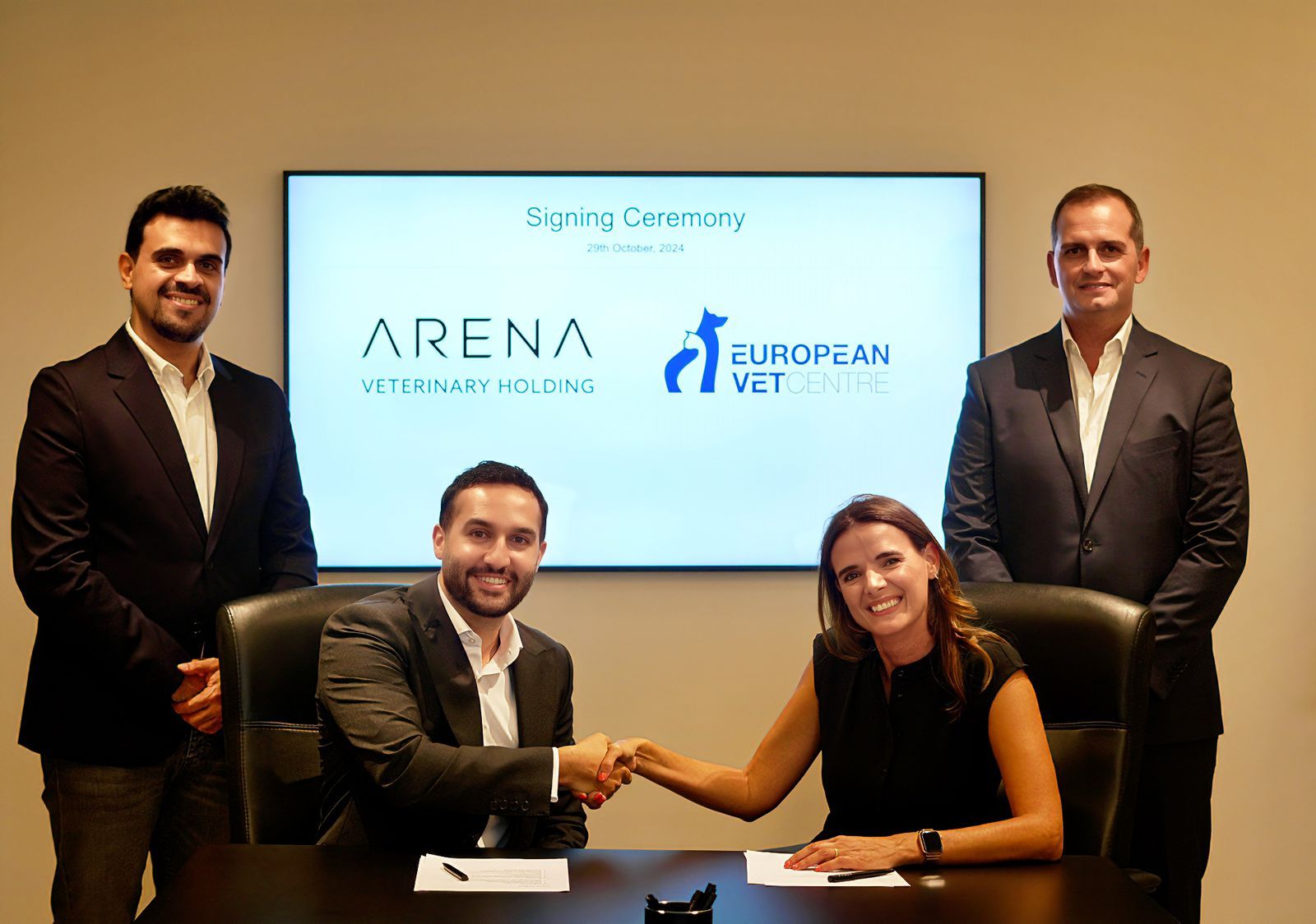SEO in the AI Era: Optimisation for Google’s AI Overviews
July 1, 2025
5 min read
Google is no stranger to updates, but the introduction of AI Overviews (AIO) marks a turning point that goes far beyond algorithm tweaks and keyword reshuffles.
This is not just another update, it’s a redefinition of how discovery works online.
With the integration of Gemini AI, Google’s search engine is transitioning from keyword-based link listings to contextual, intent-driven summaries. For SEO, that means a whole new playbook.
What Is Google’s AI Overview?
AI Overview is Google’s new way of answering queries using generative AI.
Instead of returning a list of blue links, Google now generates summarized answers derived from multiple sources, presented directly on the search results page.
This is powered by Gemini, which interprets the user’s intent and synthesizes content from trusted pages to deliver a concise, relevant, and structured response.
How Google’s AI Overviews Work
Google now uses AI to generate answers in real time by:
Interpreting the user’s intent behind a query.
Pulling high-quality, relevant content from multiple pages.
Condensing this content into a concise, readable overview.
This system values clarity, authority, and topical coverage over keyword stuffing or simple on-page SEO tricks.

What This Means for SEO
Unlike past updates that happened mostly in the background, this one directly changes what users see.
Instead of traditional lists of links, search results now feature AI-generated summaries that draw from multiple sources to answer questions directly. This means:
Visibility no longer depends solely on ranking position.
Being referenced in AI summaries becomes the new form of top-of-page presence.
Search is shifting from keyword-matching to understanding intent and context.
1. Keywords Are Not Enough Anymore
Search is becoming less about exact-match keywords and more about semantic relevance. AI Overviews are trained to understand context, user intent, and topic depth.
That means Google is prioritizing content that provides clear, comprehensive, and expert-level answers to questions, rather than pages that simply repeat the search phrase.
2. Structured, Topical Content Wins
Google’s new system pulls content from Search Result Documents (SRDs) and condenses it using summarization models. This is what we do to appear in an AI Overview:
Answer questions directly and clearly.
Use structured subheadings, bullets, and schemas (e.g., FAQ schema).
Cover related subtopics, not just the main keyword.
Focus on E-E-A-T (Experience, Expertise, Authoritativeness, Trust).
3. Our New Goal? Become Summarizable.
We’re no longer just ranking, we’re training the AI to cite us as the most relevant source for its answer. The best-performing pages now:
Rank on authority AND
Provide bite-sized, quotable content that’s factually sound and concise.
Pages with long-winded or fluffy content risk being bypassed in the summary.
What Metrics Now Matter?
Traditional CTR from organic search will change, as users may not even click if they get what they need from the summary. Instead, we measure success with:
Visibility in AI Overviews
Brand mentions and citations
Engagement metrics (scroll depth, dwell time, return visits)
Traffic quality over quantity

How We Optimize for AI Overviews (AEO)
AEO (Answer Engine Optimization) is the next evolution of SEO. Here's how we align with it:
Create helpful content that actually solves problems.
Use data-backed insights (stats, quotes, sources) to increase credibility.
Use AI tools like Gemini, ChatGPT, and Perplexity to see what summaries look like for our topics.
Implement schema markup to help machines understand your content.
Constantly monitor competitors’ content that appears in AIOs.
1. Answer Engine Optimization (AEO)
We structure content to answer complete questions. That includes using:
Descriptive H1-H3 headings
Clear, succinct paragraph structure
FAQ sections and conversational formats
2. Contextual Relevance Over Keywords
We no longer chase keywords alone. Instead, we build content around topics and subtopics that match search intent, using natural language and semantic relationships.
3. Structured Data and Schema
We implement schema markup to help Google identify the most important parts of the page, whether it’s how-to steps, FAQs, product info, or reviews.
4. E-E-A-T First Content
We emphasise Experience, Expertise, Authoritativeness, and Trust in all our content strategies to ensure our clients are seen as credible sources.
5. Multi-Source Authority Building
We help our clients earn links and mentions across a range of high-quality sources, increasing their chances of being included in AI-generated summaries.
Diving Deeper: How the AIO Are Generated
Here’s how Google generates AI Overviews:
The user enters their query - Queries are more and more detailed, conversational, and specific.
Google’s system generates a prompt - Gemini turns the user’s query into an LLM-friendly query.
Relevant SRDs (Search Result Documents) are collected by the system
The content is summarised - The LLM shortens and compresses information
The content is understood and processed - The LLM uses attention models to focus on content relevance, filter it and organise it.
The AI summary is generated - The AI Overview section presents an answer from multiple sources.
What About Google Ads?
AI is also transforming Google Ads. With predictive models, we now:
Forecast spend vs. outcome
Reduce creative fatigue
Recommend optimal channel mix
Optimise spend based on predicted ROI
Ads forecasting using Gemini 2.5
AI Max Campaigns - A new campaign type that uses AI+ Keywordless targeting to drive more conversions in search.
In essence, AI is not just telling us what the user wants. It’s predicting what will perform best before we even launch our campaign.

Final Thoughts: The SEO Reset Is Here
We’re entering a new age of search where ranking #1 is no longer the end goal. Instead, the focus shifts to:
Being credible enough to be cited in AI summaries.
Creating value-driven, clear, and structured content.
Measuring performance beyond just traffic and rankings.
Aligning technical SEO with structured data
Focusing on credibility and authority building
The question now is: Are we creating content worthy of being the answer? For those ready to adapt and evolve their strategies, the response will always be a resounding yes.


























